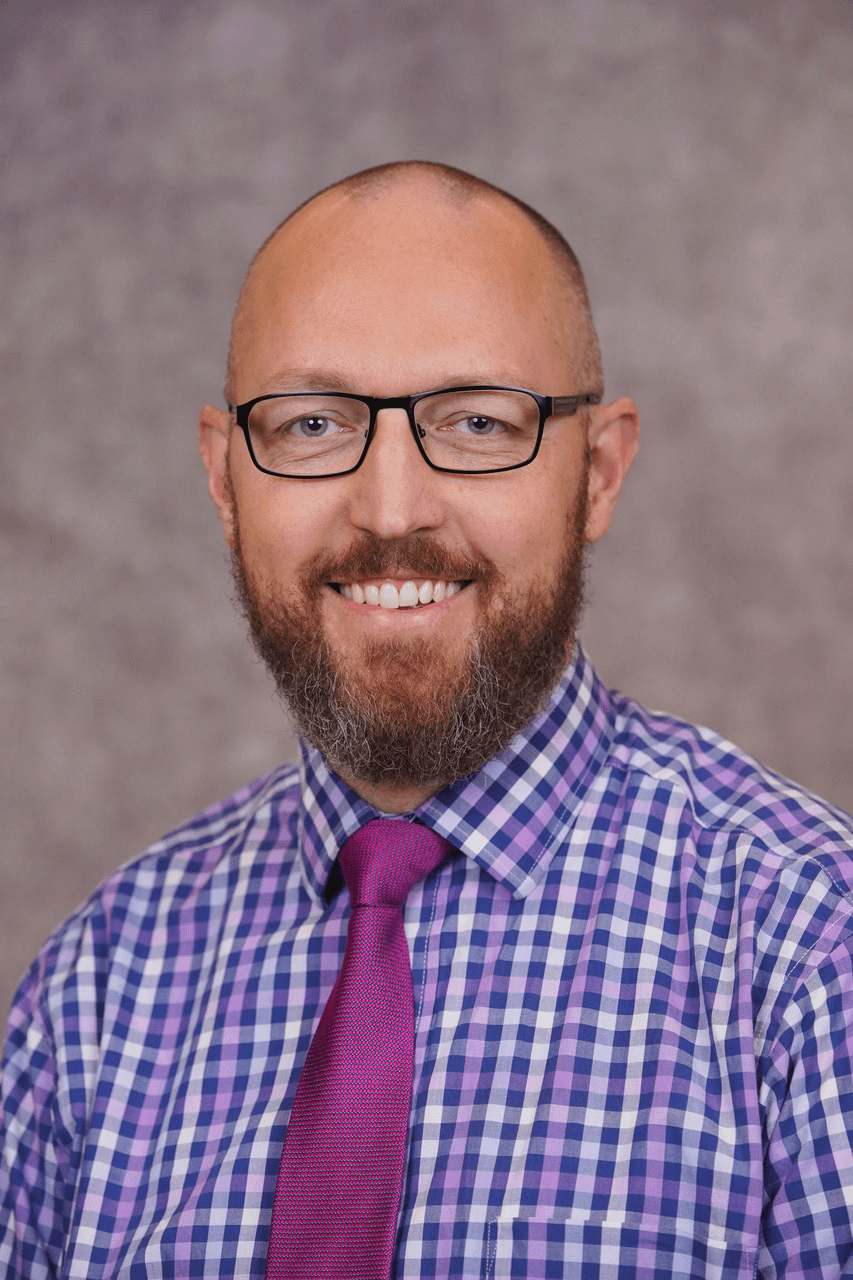

The AAOMR Annual Session took place last week in Indianapolis. It is a tight-knit group—small enough that faces are familiar, even if names sometimes escape you. The standout moment came Friday morning when Dr. John Preece spoke on radiation risk.
He kicked off with flair, channeling an early 20th-century radiology skeptic—complete with mock Old English and fist-pounding theatrics. It jolted the room awake. Then he shifted gears, framing his talk as intentionally one-sided, shaped by his Christian beliefs. What followed was a compelling case against the linear no-threshold (LNT) theory of radiation risk, challenging the idea that any dose, however small, carries harm.
Dr. Alan Lurie took the floor next, pushing back hard. He argued it is not about faith but science, citing counterpoints Dr. Preece skipped—met with enthusiastic applause from Dr. Mel Kantor. Dr. Preece held his ground, noting he had promised a one-sided view to highlight a perspective too often drowned out.
Where do I land? Evidence for LNT is strong, but there is evidence against it, favoring alternate theories. Either someone is skewing data, or our data just is not reliable. When Dr. Preece tied his stance to religion rather than science, it risked undermining his argument. I respect his conviction—I’m religious myself—but with belief systems so varied, personal faith should not steer scientific reasoning. Science and religion are two lenses on truth. Like relativity and Newtonian physics, they seem at odds now, but both hold value. Someday, we will see how they align, revealing where our gaps lie. That applies across faiths too—we are not as different as we think, and letting go of biases could lead us closer to clarity.
Back to the session: dismissing Dr. Preece’s data because of his beliefs would be rash. By that logic, we would toss LNT data too—its advocates can be just as fervent, treating science like a creed. That is riskier; unchecked, it breeds dogma. Academics chasing clout might bend research to fit the norm, skewing results as much as any outlier. Bias cuts both ways.
Later, Dr. John Ludlow spoke on radiation risk, sticking to LNT. His calm, measured delivery—no agenda, just data—made it the most persuasive of the day. Yet it is wild how even in science, emotion and belief sway us. I aim to sift through the evidence myself, seeking truth beyond “Ludlow sounded best.” Open-mindedness is the goal, though we all stumble over our blind spots. If I settle on a side, I’ll likely get smug about it—human nature, American style.
On a lighter note, I presented a residency research poster: a study linking radiologic pathology descriptions to differential diagnoses in CBCT reports. It earned the Dentsply Rinn Research Award. More on that later, maybe. No photos of Dr. Preece’s theatrics or Dr. Lurie’s rebuttal—wish I’d had my camera ready.
